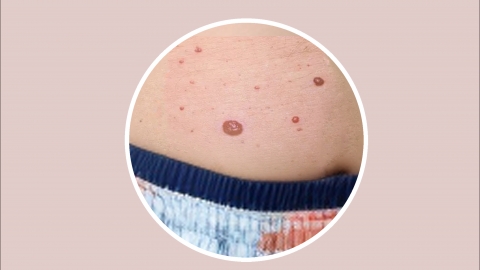What is the interventional therapy for hemangioma?
Generally, interventional therapy for hemangiomas involves minimally invasive delivery of devices or medications into the affected blood vessels to block blood supply or destroy abnormal vessels. This approach is suitable for specific types and sizes of hemangiomas. If there are concerns, it is recommended to seek medical consultation in advance. Detailed analysis is as follows:

For hemangiomas that are large in size, deeply located, or unsuitable for surgical removal, interventional therapy offers distinct advantages. Under imaging guidance, a catheter is inserted into the affected vessel to deliver embolic agents that block blood flow, causing the hemangioma to gradually shrink due to lack of nutrition. Alternatively, medications may be injected to destroy the abnormal vascular endothelial cells, thereby controlling disease progression.
However, for small, superficial hemangiomas without significant symptoms, or when the affected vessels are too fine and dispersed to allow precise targeting, interventional therapy has limited effectiveness and may even increase the risk of complications due to technical challenges. In such cases, observation with regular follow-up, topical medication, or other minimally invasive treatments are more appropriate, and interventional therapy should not be forcibly pursued.
Prior to undergoing interventional therapy for hemangioma, comprehensive imaging evaluations are necessary to clearly define the extent of the lesion and vascular anatomy. Regular follow-up assessments are required to monitor treatment outcomes. If symptoms such as unusual pain or fever occur, prompt medical attention is essential.




